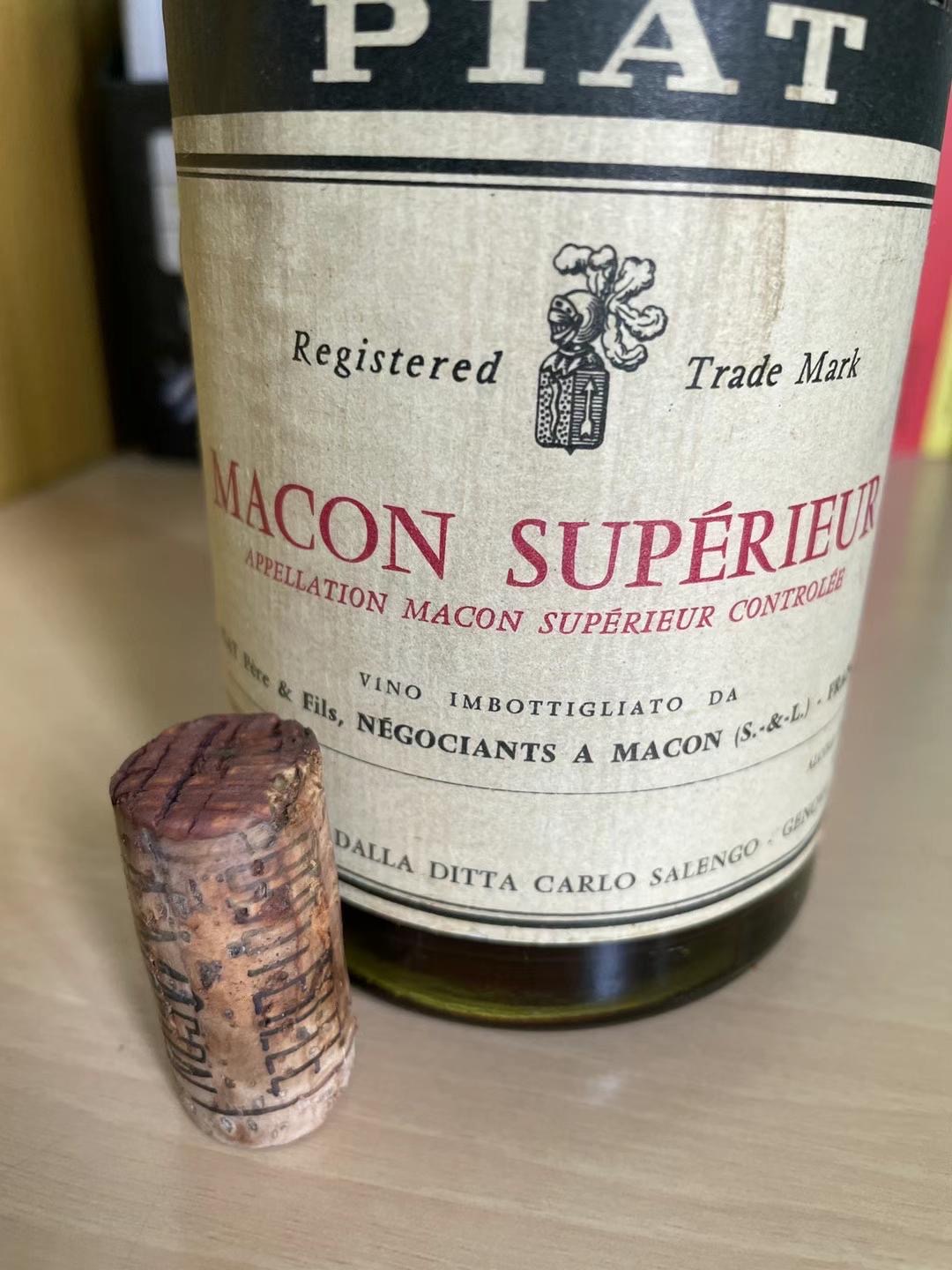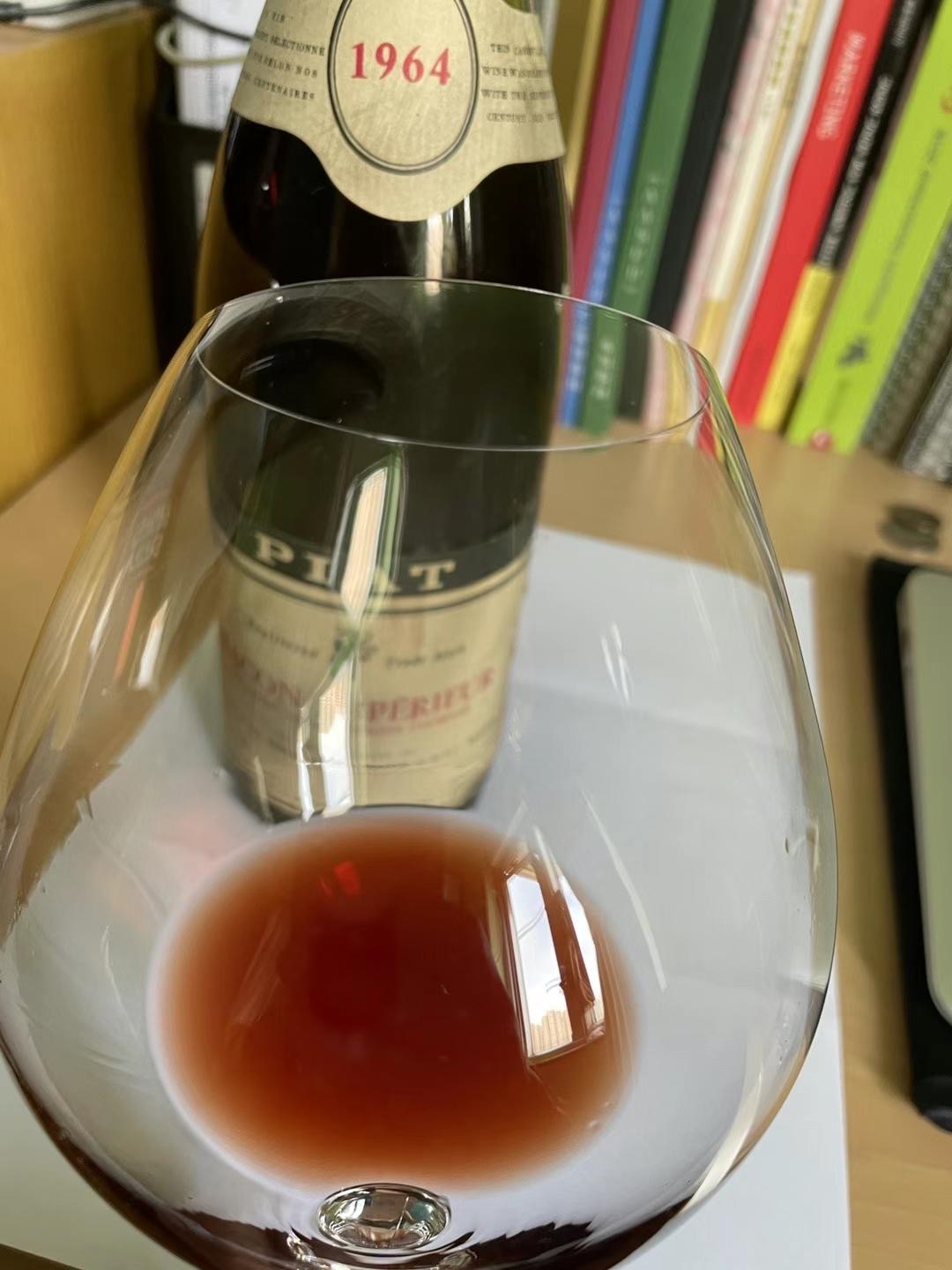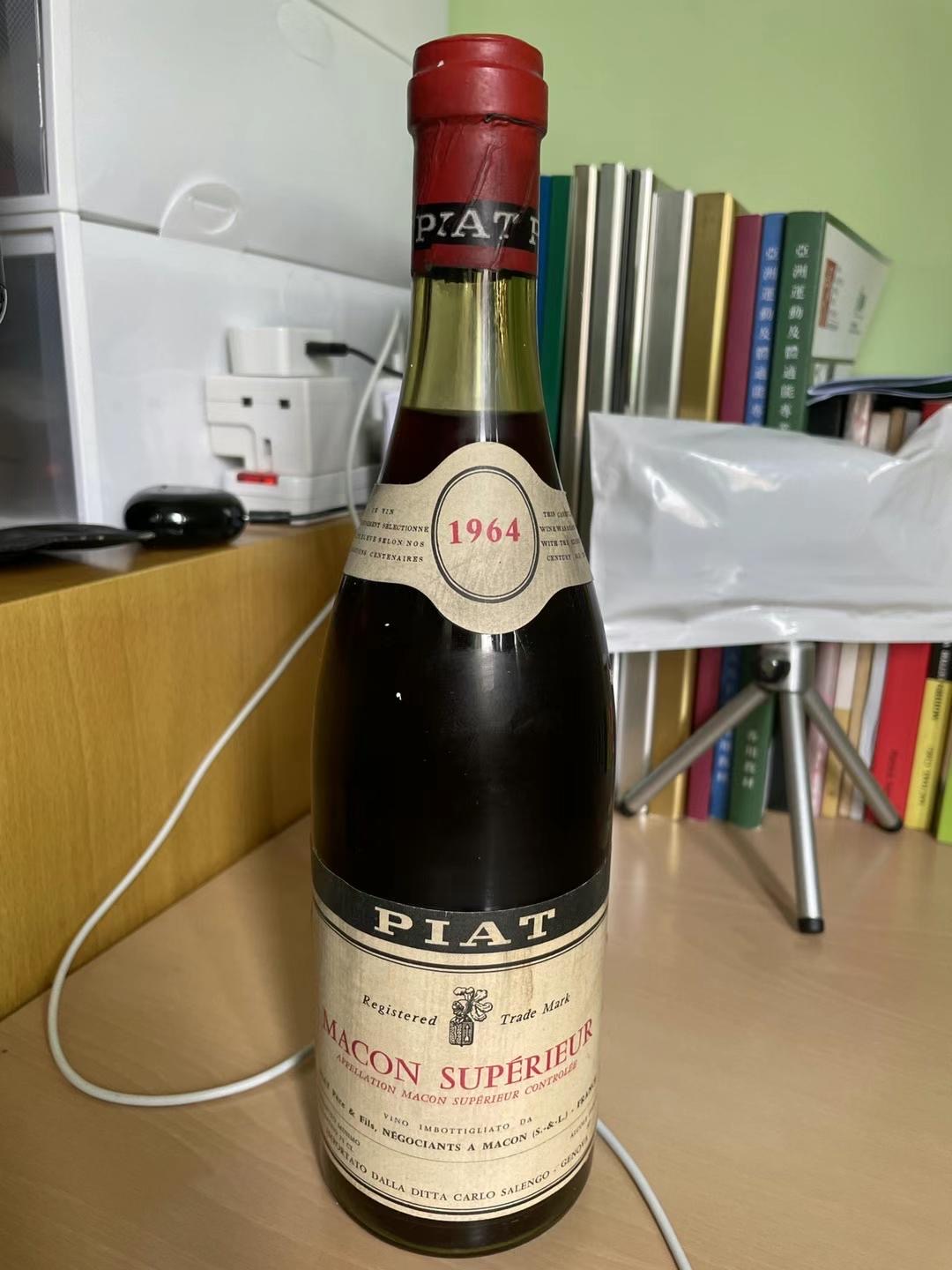Blog
France, as one of the birthplaces of world wine culture, has a long and rich history of red wine production. To understand French red wine, one must first become familiar with the major regions: Bordeaux, Burgundy, Rhône Valley, Loire Valley, and Languedoc-Roussillon. Each region has developed its unique style due to differences in soil, climate, and winemaking techniques.
Bordeaux is famous for its blends, primarily using Cabernet Sauvignon, Merlot, and Cabernet Franc grapes. Left Bank areas like Médoc focus on Cabernet Sauvignon, producing structured wines with rich tannins; Right Bank regions like Saint-Émilion emphasize Merlot, resulting in rounder, softer profiles.
Burgundy, by contrast, specializes in single-varietal wines, with almost all red wines made from Pinot Noir grapes. Compared to Bordeaux, Burgundian reds tend to be more elegant and delicate, featuring red fruit and floral characteristics.
When tasting French red wine, examine its color, aroma, and palate. Young red wines appear bright red or purple-red; with age, they develop brick-red or amber hues. Aromatics vary widely by region and grape variety, ranging from red and black fruits to spices, leather, and minerals, creating complex layers. When sipping, note the body, tannins, acidity, and finish—the balance of these elements often determines the wine's quality and style.


I always believed that: no great vintages, just great bottles! But the rarely known bottle of 1964 Macon woke me up by the brilliant color; dried Prune and a hint of rusty, finish with long and complexity mouthfeel. Applied to life, as long as you are happy and stable, no built-in advantage needed to be a wonderful life!


